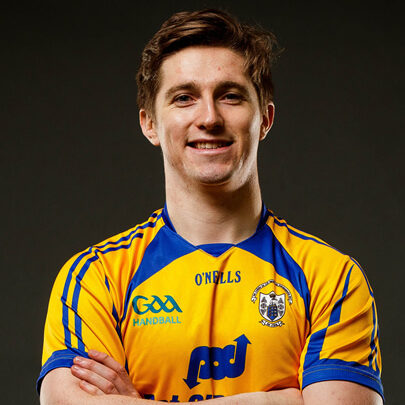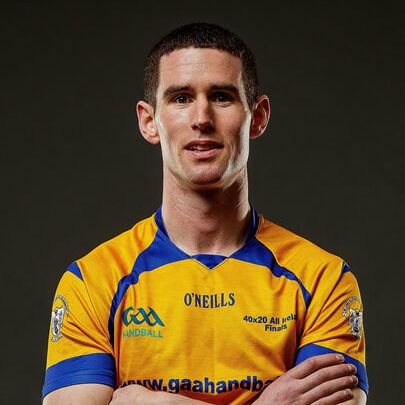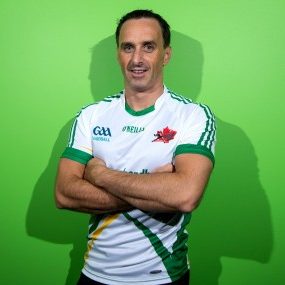Gaelic handball (known in Ireland simply as handball; Irish: liathróid láimhe) is a sport where players hit a ball with a hand or fist against a wall in such a way as to make a shot the opposition cannot return, and that may be played with two (singles) or four players (doubles). The sport, popular in Ireland, is similar to American handball, Welsh handball, fives, Basque pelota, Valencian pilota, and more remotely to racquetball and squash. It is one of the four Gaelic games organised by the Gaelic Athletic Association (GAA). GAA Handball is the section of the GAA that deals with the sport.
Gaelic Handball
History
Handball-like games have originated in several places at different times. Hieroglyphs in the temple of Osiris in Egypt portray priests taking part in a game very similar to handball. Mesoamerican civilizations in South and Central America had a form of handball-like game, which was a large part of pre-Columbian culture. Recent archaeological finds in the Callan and Moon coin areas of Kilkenny indicate that a game similar to handball was played.
In Ireland, the earliest written record of a similar ball game is contained in the town statutes of Galway in 1527, which forbade the playing of ball games [generic] against the walls of the town. The first depiction of an Irish form of handball does not appear till 1785. On the west coast of Ireland, Galway had many trading links with Spain, especially the Basque regions, where the similar game of pelota is played. According to Dublin Handball GAA “It is highly likely that one game is derived from or influenced by the other.”.
Both Scottish and Irish immigrants brought the game to many countries in the 18th, 19th and 20th centuries. It is still played in the United States, Canada, Mexico, Australia, New Zealand, South Africa, Wales, Africa and England.
Father John Murphy, a leader in the 1798 rebellion was one of the best handball players of his time and he frequently held rebel meetings at his local handball alley.
In Ireland, there are four main types of handball. There is 40×20 (small court), the traditional 60×30 Softball & Hardball (big alley) and One-wall handball. One-wall handball has become very popular over the past 3 years and it is the most popular version of international handball. It is played in over 74 countries including the USA, Mexico, Ecuador, Spain, the Basque Country and Wales.
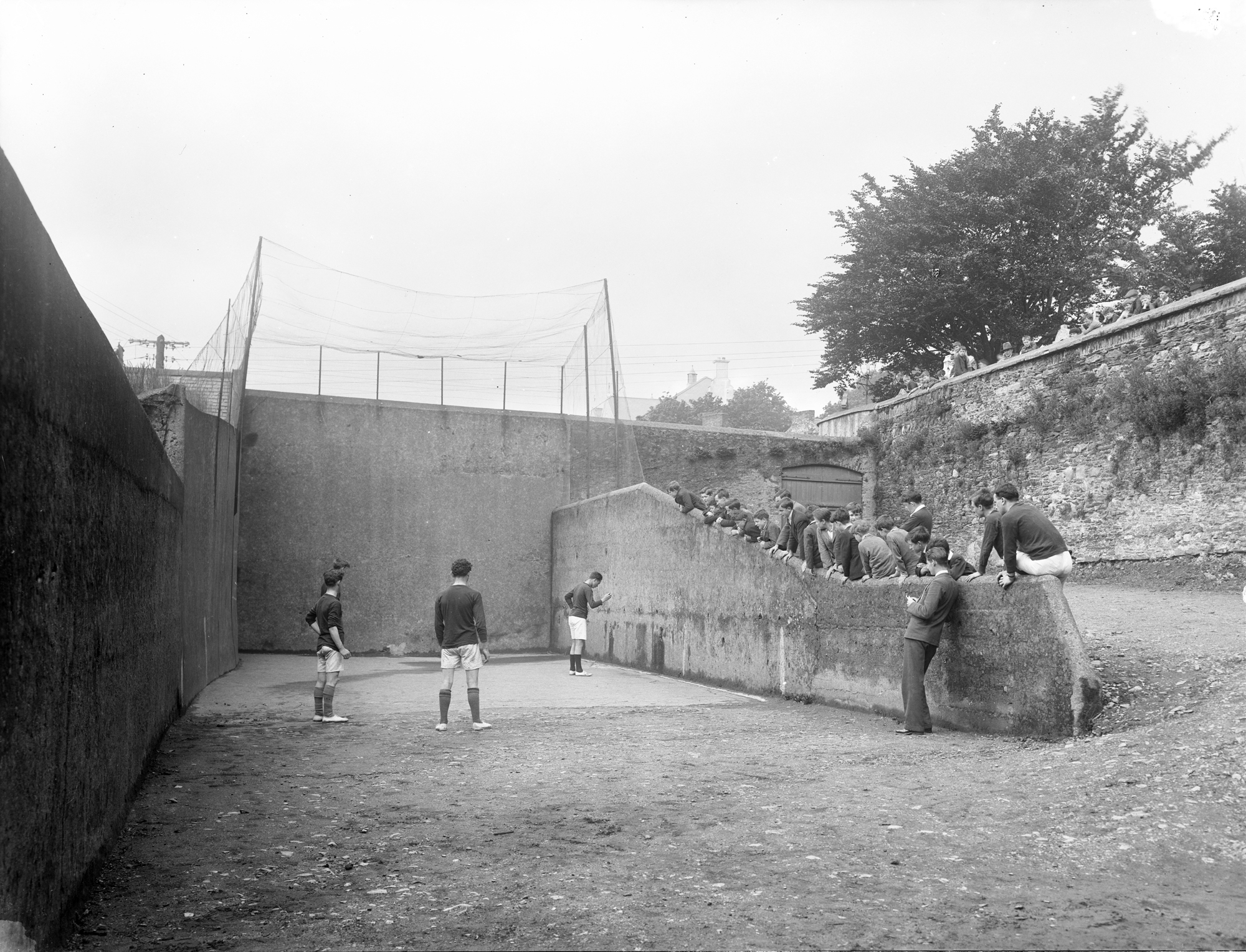
Rules
Handball is played in a court, or “alley”. Originally, an alley measuring 60 feet by 30 feet was used with a front wall of 30 feet, off which the ball must be struck.
A smaller alley was also introduced, measuring 40 feet by 20 feet with a front wall 20 ft high. The first alley of this size was built in Ireland in 1969. This smaller size is now the standard in the international version of the game, but both alleys are still used in the Gaelic game, with two separate championships run by the GAA in the two codes.
The objective of a game is to score a set total of points before your opponent does. Points are only scored by the person serving the ball. In other words, if a player wins a rally but did not serve at the start of that rally they only win the right to serve, and thus the chance to score after a subsequent rally. The serving player has two opportunities to hit the ball, from the “service area” (between the two parallel lines), off the “front wall” and across the “short line” (which is located exactly halfway down the court from the front wall).
Players take turns at hitting the ball off the “front wall” before the ball bounces twice on the floor of the court following their opponent’s previous shot. Most handball games take place in a four-walled court but there are also three-walled and one-wall versions of the game.
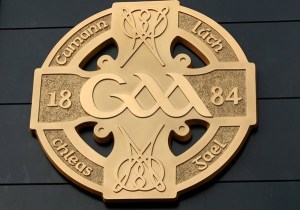
Associations
GAA Handball are the governing body for Handball in Ireland, with the game also being played in strongholds worldwide such as USA, Canada, Mexico, Puerto Rico, UK, and Spain; as well as emerging nations Holland, Italy, Belgium, Argentina and Ecuador to name but a few. GAA Handball Ireland are, subject to the overall control of the G.A.A. Central Council, responsible for the preservation of the national game of handball. The National Office is based in Croke Park, Dublin.
Despite being a small nation, Ireland are one of the elite Handball nations, with an array of World Men’s & Ladies Open Champions down through the years. In fact, we currently boast both titles, as Cavan’s Paul Brady remains the 4 time consecutive Men’s Champion, and is arguably the best player the game has ever produced, whilst Antrim’s Aisling Reilly holds the Ladies crown.

